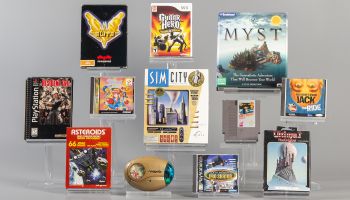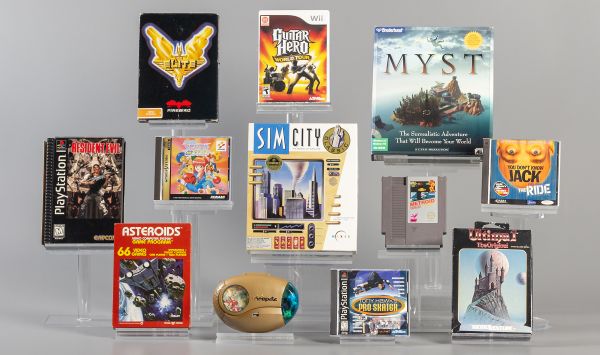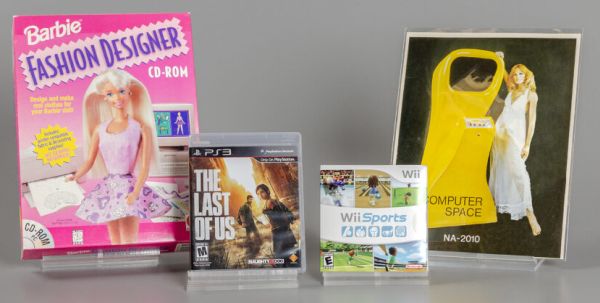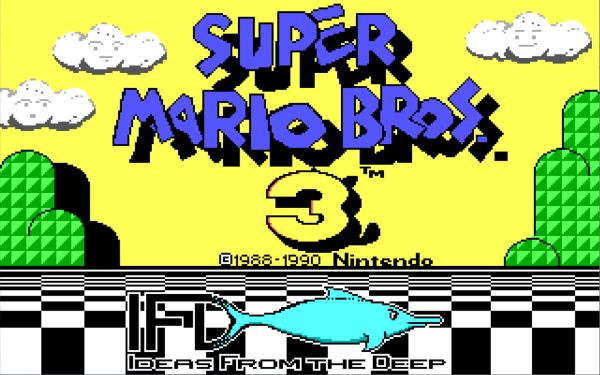
I can’t say that I blame them, but it sure looks the World Video Game Hall of Fame would like it to be 2023 again. The finalists for the Hall of Fame’s Class of 2025 were announced earlier this week, and six games that failed to make the cut from 2023 are getting another try this year. That crop of titles includes Ensemble’s Age of Empires, Rovio’s Angry Birds, Infinity Ward’s Call of Duty 4: Modern Warfare, Rare’s GoldenEye 007, Visual Concepts’s NBA 2K, and id Software’s Quake.
They’ll be competing against two other returning finalists, Konami’s Frogger (which was last up as a finalist in 2020) and the Mattel Football handheld .
Unorthodox handhelds are something of the theme this year, as Bandai’s Tamagotchi digital pet is a finalist (for the first time) as well. It’s joined by a trio of other first-timers including Midway’s Defender, Incredible Technologies’s Golden Tee Golf, and Natsume’s Harvest Moon.
“This year’s finalists span the decades and range from arcade classics to one of the most popular mobile games of all time,” said Jon-Paul Dyson, the Director of The Strong’s International Center for the History of Electronic Games. “All of these games have enormously influenced pop culture or the game industry itself. Frogger was popular in the arcades of the 1980s, but an iconic Seinfeld scene in 1998 made it unforgettable. The brilliant coding of the first-person shooter Quake enabled unforgettable multiplayer matches that have mesmerized players and influenced many games that followed. Then there’s Tamagotchi, which bridges the gap between video games and digital toys, changing the way we think about games.”
The Hall of Fame’s International Selection Advisory Committee, a body made up of journalists and scholars from around the world, is currently debating which of these games to induct as part of the Class of 2025, and you can help. A Player’s Choice Ballot will be available until March 13th and the three games that receive the most votes will be submitted alongside the other ballots from the committee members.
The World Video Game Hall of Fame’s Class of 2025 will be announced during a ceremony at The Strong on Thursday, May 8, at 10:30 AM. If you’d like to study up on this classic games, the curators at the Strong Museum have put together a cheat sheet describing each of games. You can find it after the break.



















